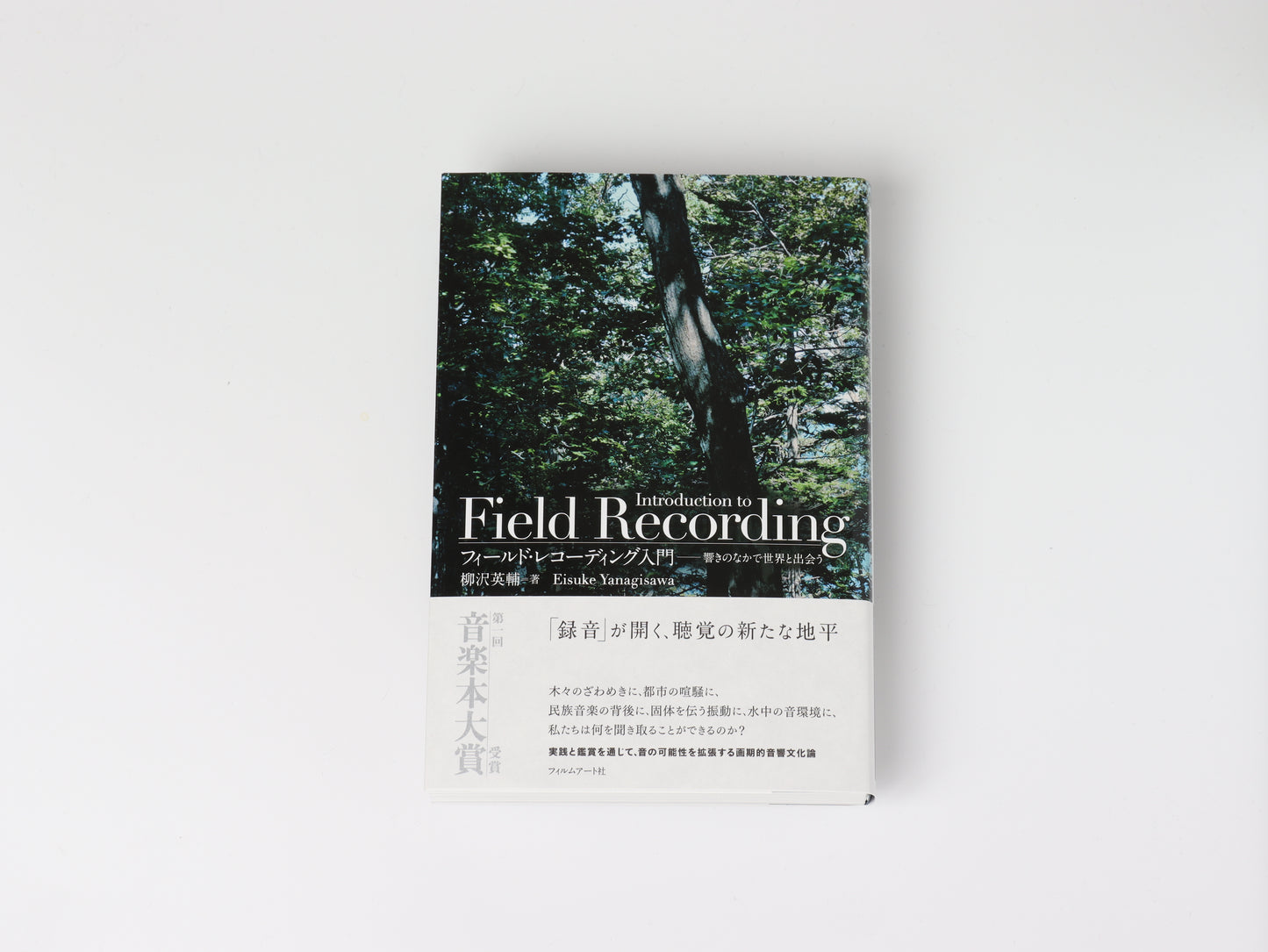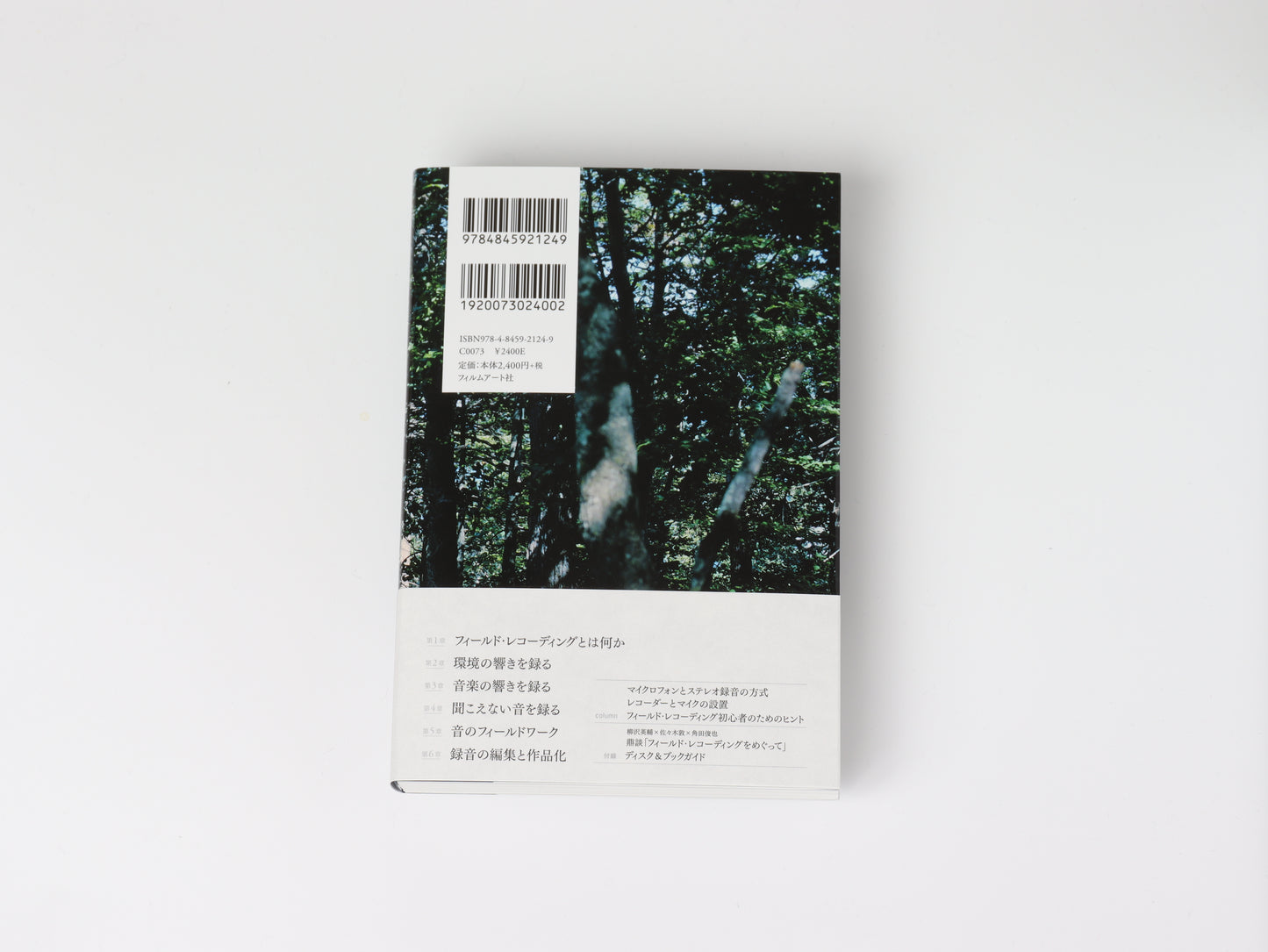フィルムアート社
Introduction to Field Recording
Introduction to Field Recording
Couldn't load pickup availability
This is "Introduction to Field Recording" (2022) by Eisuke Yanagisawa.
Since the 2000s, with the emergence of small, lightweight, and inexpensive digital recorders and the rise of social media, the term "field recording" has become more and more common. Especially in the current COVID-19 situation, people's interest in "sound" and "listening" has been growing.
Field recording is a genre of music that has often been featured in the context of contemporary music and sound art, in the soundscape and ambient music movements that have continued since the late 1960s, and in the acoustic music boom of the 1990s. It has also been widely practiced as a research method in academic fields such as anthropology and ethnomusicology, and as a hobby, such as recording trains or wild birds.
However, there have not been many opportunities to take up and explain this context in a comprehensive manner.
Field recordings are not just musically interesting in the form of sound, but are also deeply connected to the context of the place where the sound is produced, such as the history and ecological environment, and the perspective of the recorder.
This book integrates the various contexts in which field recording has evolved, providing a comprehensive look at the history, theory, and practice of the subject, all in one volume. It is the first book in Japan to comprehensively introduce field recording from a contemporary perspective and provide a complete understanding of it all.
The second chapter is about "capturing the sounds of the environment," and the word "environment" appears. With the opening of AMBIENT KYOTO in Kyoto, ambient music has been rekindled. However, the impression of the ambient music created and defined by Brian Eno and the ambient music that is now all over the world is also changing. Now may be a good time to reinterpret it from the perspective of field recording (Ammel).
Share






